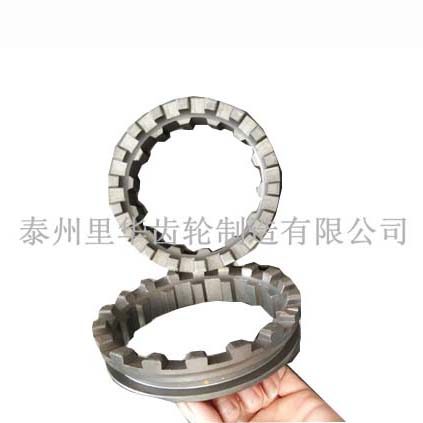Engagement sleeve
- introduction: Gear refers to the wheel flange, continuous gear meshing, transfer movement and power of mechanical
- hotline:151-8997-5888
-
details
Gear refers to the wheel flange, continuous gear meshing, transfer movement and power of mechanical components. The application of gears in transmission has appeared very early. At the end of the nineteenth Century, the principle of expanding the cutting method and the special machine tools and cutting tools used in the cutting of the teeth were presented one after another. With the development of production, the stability of gear operation has been paid attention to.
Classification of structures: gear teeth, teeth, ends, surfaces, teeth, circles, Chi Genyuan, bases, and circles.
1, gear
A short tooth is a raised part of a gear that is used for meshing. These bulges are generally arranged in a radial arrangement, and the gears on the mating gear contact each other to keep the gears engaged continuously.
2, alveolar
The space between the two adjacent teeth of the gear; the end surface is a flat surface of a cylindrical or cylindrical worm that is perpendicular to the axis of the gear or worm.
3, end face
It is the flat surface at both ends of the gear.
4, the law surface
A plane perpendicular to the tooth line of a gear tooth.
5, addendum circle
The circle at which the tip of the tooth is located.
6, Chi Genyuan
The circle at the bottom of the trough.
7, base circle
A circular line in which involute lines are formed.
8, dividing circle
A reference circle for calculating the geometric dimensions of gears in the end face.

